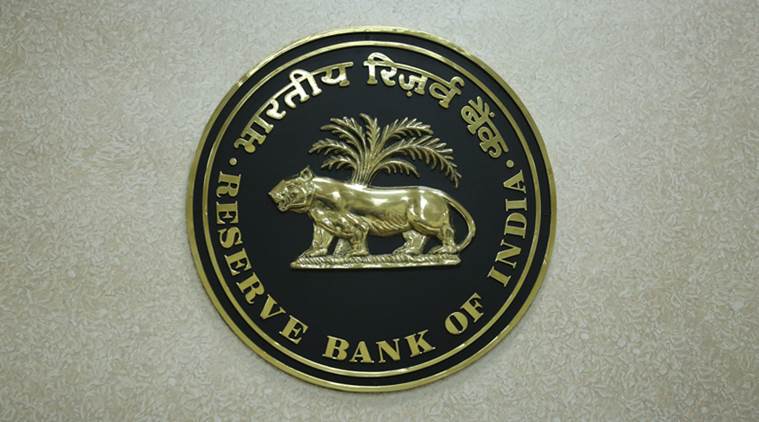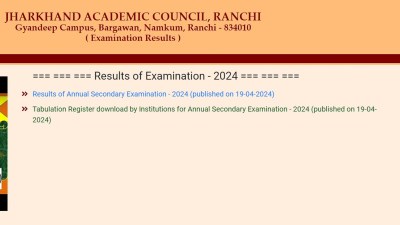- India
- International
RBI panel: Liquidity crisis a blip for HFCs; long-term growth still intact
Home loans are most lucrative credit product for banks and HFCs with low levels of non performing assets (NPAs) recorded in this segment.
 Report noted that mortgage-to-GDP ratio is expected to grow significantly.
Report noted that mortgage-to-GDP ratio is expected to grow significantly.
The amount of home loans disbursed by banks and housing finance companies (HFCs) is expected to jump to Rs 35 lakh crore by the end of fiscal 2022, from Rs 20 lakh crore at March-end 2019, thereby compounding at an annual growth rate of 20 per cent. Home loans are most lucrative credit product for banks and HFCs with low levels of non performing assets (NPAs) recorded in this segment.
A report by an RBI committee on development of housing finance securitisation market has noted that India’s mortgage-to-GDP ratio, which remains low at present, is expected to grow significantly in the next few years. India’s mortgage-to-GDP ratio is currently at 9.6 per cent, compared to 18 per cent in China, 20 per cent in Thailand, 31 per cent in Korea, 34 per cent in Malaysia, 38 per cent in Taiwan, 52 per cent in Singapore and 56 per cent USA. This ratio for India’s is estimated to rise to 12 per cent by 2022 as per various analysts estimates, the RBI report said.
“The total incremental demand of Rs 50 lakh crore to Rs 60 lakh crore (for home loans) suggests a significant growth considering the total outstanding home loan at the end of FY2019 were Rs 20 lakh crore. By the end of FY2022, the total outstanding home loans are expected to reach Rs 35 lakh crore,” the report said. In May, the Reserve Bank of India (RBI) had set up a panel to suggest steps for development of the loan securitisation market under Harsh Vardhan, senior advisor, Bain & Co.
While banks accounted for nearly 58 per cent out of the total home loan portfolio of Rs 20 lakh crore, HFCs had outstanding home loans of Rs 8.5 lakh crore which was around 42 per cent of the total home loans. The report noted that the recent liquidity problems resulting from repayment in the NBFC sector could result in a temporary blip in loans advanced by HFCs, but long term growth remains intact.
“India has a low mortgage-to-GDP ratio, compared even to peer developing countries. This reflects the low penetration of housing finance that can be attributed to several reasons; it also points to a very large opportunity for growth. Since HFCs address more over 40 per cent of the mortgage market, the recent liquidity challenge in the non-banking finance companies (NBFCs) and HFCs may create a temporary blip in the secular growth story,” it said.

Home loans have among the lowest NPA levels of all classes of loans. While gross NPAs of banks were below 2 per cent in last 5 years, HFCs reported gross NPAs of less than 1 per cent. The need for banks and HFCs is to build funding models which address asset liability mismatch in the loan segment. The mismatch results from banks’ and HFCs’ deposits tenure being much smaller than the duration of the home loan which is generally upwards of 10 years. The RBI panel report said easier securitisation of loan pools helps in addressing this mismatch. Securitisation involves pooling of loans and selling them to a special purpose vehicle, which then issues securities called pass-through certificates or PTCs backed by the loan pool.
The panel also suggested various steps, including standardisation of loan documents and setting up of a government-sponsored intermediary under the National Housing Bank for development of the home loan securitisation market. It proposed that the Centre should exempt mortgage-backed securitisation from stamp duty as has been done in the case of asset reconstruction companies.
Apr 19: Latest News
- 01
- 02
- 03
- 04
- 05






































